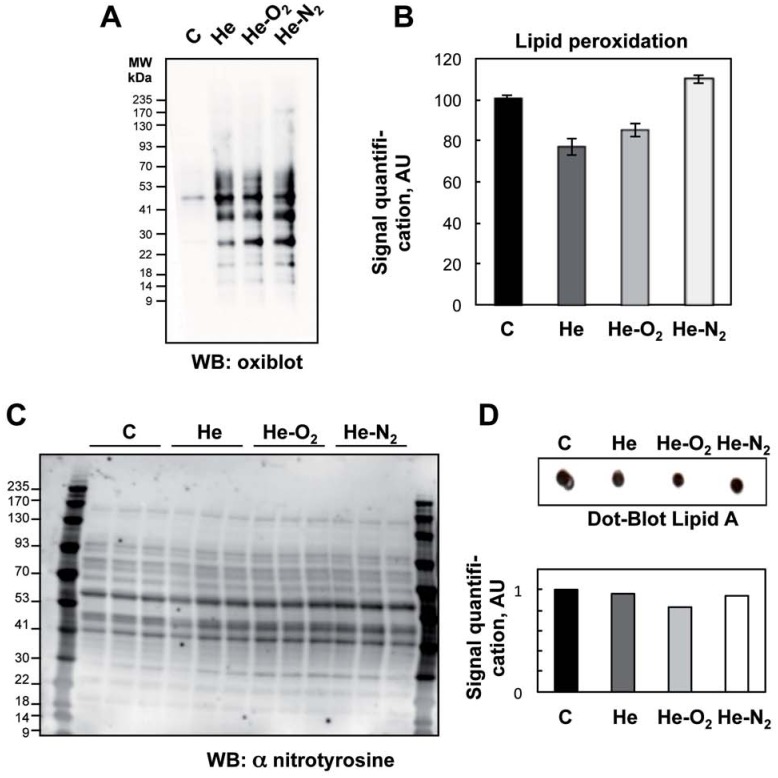Fig 5. Detection of oxidatively modified proteins following plasma exposure.
A: Bacteria exposed to plasma treatment (He, He-O2 and He-N2) for 10 min with 2 hours post-treatment storage. To detect oxidatively, modified protein bacterial extracts were treated with 2,4-dinitorphenylhydrazine to derivatize protein carbonyls and then evaluated by SDS-gel electrophoresis using 2,4-dinitrophenyl antibodies. B: Detection of 4-hydroxy-2-nonenal protein modification by ELISA. The values are means ± SEM of 3 separate experiments. C: Western blot analysis using nitrotyrosine specific antibodies. D: Bacterial extracts collected, lysed and detected by dot blot for lipid A content. Dot blot results were analyzed with a dot calibration curve and relative quantity of bacteria lipid A was estimated. The relative intensity of each spot was quantified (Image J).

